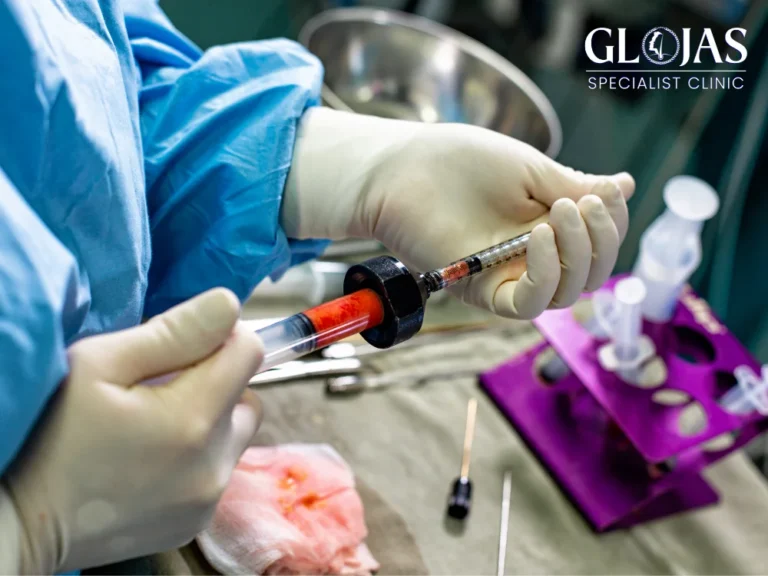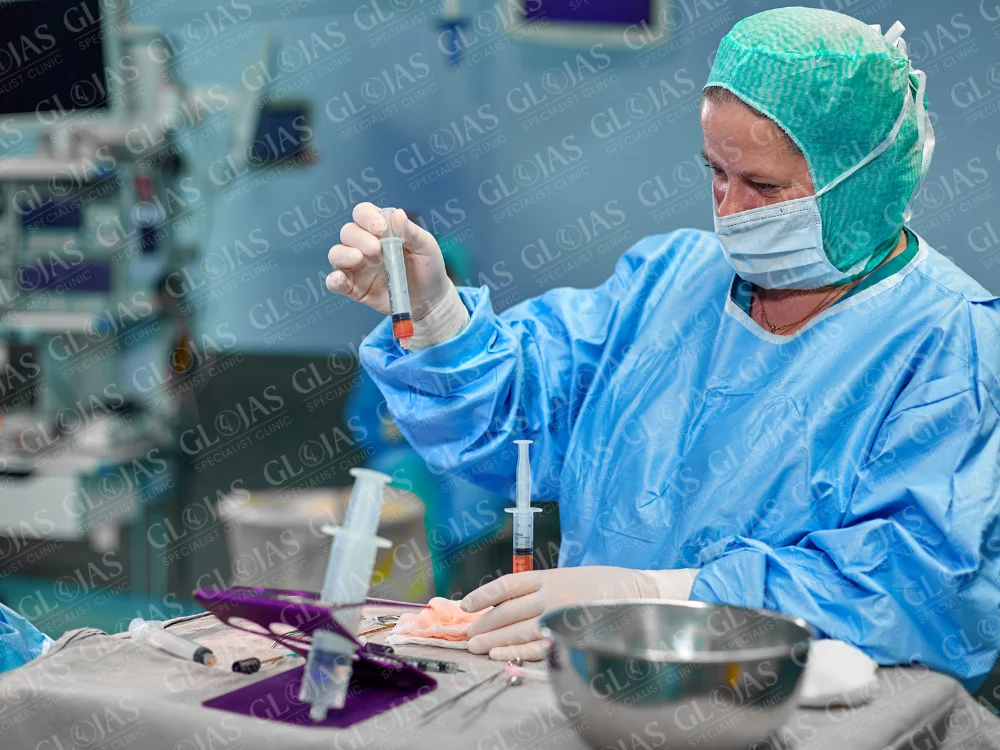Fat transfer, also known as fat grafting or fat injection, has emerged as a highly sought-after cosmetic procedure. This technique involves taking fat from one part of the body and injecting it into areas needing enhancement or volume restoration. With its dual benefit of contouring one area while augmenting another, it’s no wonder more individuals are choosing this path. Let’s delve into what makes fat transfer unique, its key benefits, and important considerations.
What Is Fat Transfer?
Fat transfer is a cosmetic procedure where a surgeon extracts fat cells from one part of the body using liposuction. Common donor areas include the abdomen, thighs, or flanks. The extracted fat is purified before being carefully injected into the target area, such as the face, breasts, or buttocks.
Key Facts About Fat Transfer:
- Natural augmentation technique.
- Reduces fat in problem areas while enhancing volume in another.
- Long-lasting results when done properly.
How Fat Transfer Works
- Liposuction: Fat is harvested from areas with excess fat using a small tube called a cannula.
- Purification: The collected fat is processed to remove impurities.
- Injection: The pure fat is injected into the recipient site in small, controlled amounts to ensure smooth, even distribution.
Why Choose Fat Transfer?
Fat transfer offers unique advantages over synthetic fillers or implants. Below are five compelling reasons why individuals choose this procedure:
1. Natural-Looking Results
Unlike synthetic materials, fat transfer uses your own body fat, making it biocompatible and less likely to be rejected. The results often look and feel more natural compared to artificial implants.
2. Dual Benefit Procedure
One of the main appeals of fat transfer is that it provides a two-in-one solution. Not only do you gain volume in the desired area, but you also benefit from the slimming effect of liposuction in the donor area.
3. Long-Lasting Effects
With proper care, the results of a fat transfer can last for years. While some of the transferred fat may reabsorb into the body, the remaining fat integrates naturally with the surrounding tissue.
Note: The longevity of the results largely depends on the area treated and post-procedure care.
Ideal Candidates for Fat Transfer
Not everyone is an ideal candidate for fat transfer. This procedure is best suited for individuals who:
- Have sufficient fat in donor areas.
- Desire subtle, natural enhancement.
- Are in good general health.
- Do not have significant medical conditions affecting healing.
Areas Commonly Treated with Fat Transfer
- Facial Rejuvenation As we age, we lose facial volume, leading to a sunken or hollow appearance. Fat transfer can restore youthfulness by enhancing cheeks, lips, and under-eye hollows.
- Breast Augmentation For those looking for a modest increase in breast size, fat transfer is a natural alternative to implants. It adds fullness and shape without introducing foreign substances into the body.
- Buttock Augmentation (Brazilian Butt Lift) The Brazilian Butt Lift has gained immense popularity as it provides both volume and contour to the buttocks using one’s own fat.
The Procedure: What to Expect
Pre-Procedure Preparations
Before undergoing fat transfer, a thorough consultation with a qualified cosmetic surgeon is essential. They will:
- Assess your overall health and body composition.
- Discuss your expectations and realistic outcomes.
- Provide guidelines on how to prepare, such as avoiding certain medications.
During the Procedure
The procedure generally takes 1-4 hours, depending on the complexity. Local or general anesthesia is administered based on the extent of the surgery.
Post-Procedure Care
- Mild swelling or bruising may occur at both the donor and recipient sites.
- Follow-up appointments help track progress and address any concerns.
- It’s crucial to follow all post-procedure instructions for optimal results.
Risks and Considerations
While fat transfer is considered a safe procedure, potential risks include:
- Fat reabsorption: Some of the transferred fat may be reabsorbed, potentially requiring touch-up procedures.
- Infection: Rare but possible if aftercare guidelines aren’t followed.
- Lumps or asymmetry: In cases where the fat doesn’t distribute evenly.
Recovery Timeline
Recovery from fat transfer typically takes 1-2 weeks for most patients. During this time:
- Rest and limited movement are recommended.
- Pain can be managed with prescribed medication.
- Swelling and bruising gradually subside over a few weeks.
Cost of Fat Transfer
The cost of fat transfer procedures varies significantly based on:
- The area being treated.
- The surgeon’s expertise and location.
- The amount of fat required for transfer.
It’s wise to consult with multiple providers to understand the pricing and services included.
Advantages Over Traditional Implants
Fat transfer offers several benefits over implants, such as:
- Reduced risk of rejection.
- No maintenance required, unlike implants which may need replacement after a few years.
- A more natural look and feel.
FAQs About Fat Transfer
Q1: How much fat is typically reabsorbed after the procedure?
A: On average, 30-50% of the transferred fat may be reabsorbed. Surgeons often overfill the treatment area to account for this.
Q2: Is fat transfer permanent?
A: The transferred fat that survives the initial healing period becomes permanent, providing long-lasting results.
Q3: Can multiple areas be treated at once?
A: Yes, many patients choose to treat several areas in one session, such as facial rejuvenation and a Brazilian Butt Lift.
Q4: Is the procedure painful?
A: Most patients report minimal discomfort, which can be managed with pain medication prescribed by the surgeon.
Q5: How soon can I see the final results?
A: Initial results are visible within a few weeks, but it can take several months for swelling to fully subside and the fat to integrate.
Conclusion
Fat transfer, a cutting-edge cosmetic procedure, offers a natural and long-lasting solution for enhancing various facial and body features. By harvesting excess fat from one area of the body and meticulously injecting it into targeted areas, this technique can restore volume, smooth wrinkles, and sculpt contours. While it requires careful consideration and skilled execution, the potential benefits are significant.
The procedure’s use of your own tissue minimizes the risk of allergic reactions and foreign body responses. Additionally, the transplanted fat cells can continue to grow and mature, ensuring sustained results over time. However, it’s essential to acknowledge that fat transfer is not a permanent solution. Some fat may be reabsorbed by the body, and additional procedures may be necessary to maintain optimal results.
To maximize the benefits and minimize potential risks, it’s crucial to select a highly qualified and experienced surgeon. A thorough consultation will allow you to discuss your goals, understand the procedure in detail, and assess your candidacy. By making an informed decision and partnering with a skilled professional, you can achieve a more youthful and aesthetically pleasing appearance through fat transfer.




